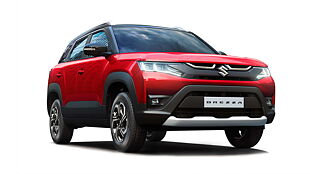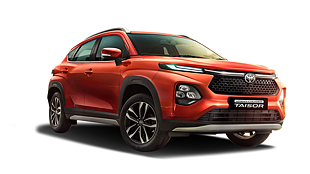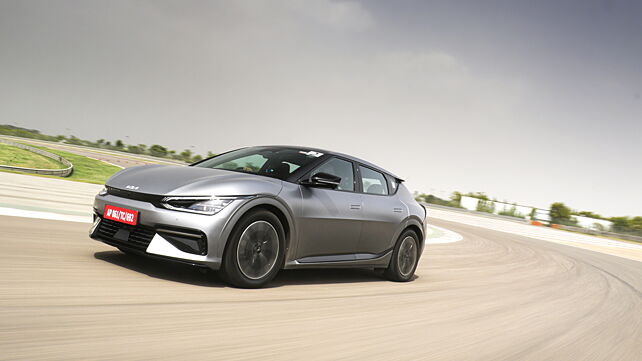
According to the recent study by Arthur D Little Titled – ‘Unlocking India’s electric mobility potential,’ over 30% of the vehicles sold in India will run on electricity by 2030. The study pointed out that the sector will cross-sales of 10 million vehicles by 2030. However, EV adoption for passenger vehicles is likely to be a mere 10% by the end of the period, amounting to a strikingly small 5% of total EV sales. India will require approximately 800 GWh of batteries by 2030 to attain 30% EV penetration. To meet this rising demand, India is accelerating plans to manufacture Li-ion cells within the country, anticipating $2.3 billion in government subsidies and more than $7.5 billion in investment potential. The study cites several factors for the low adoption of passenger EVs in India, including higher upfront costs compared to traditional vehicles, lack of models, dearth of charging infrastructure (charging stations, battery swapping centres, chargers, and the entire supporting ecosystem), low consumer confidence in the product-driven primarily by range anxiety, exacerbated by product safety mishaps. Read more at https://bit.ly/3mZvd7p

![Tata Nexon EV [2020-2022] Image Tata Nexon EV [2020-2022] Image](https://imgd.aeplcdn.com/272x153/n/cw/ec/42611/tata-nexon-ev-right-front-three-quarter6.jpeg?q=80)

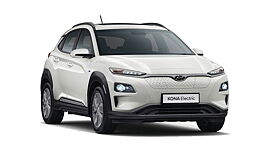

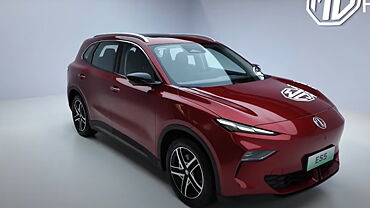

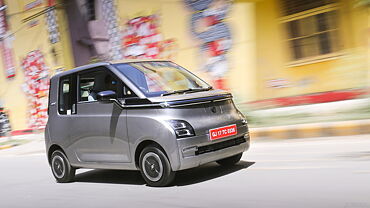
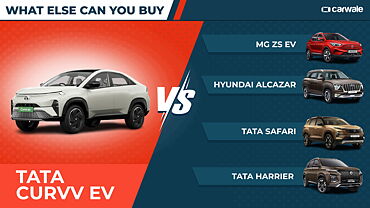


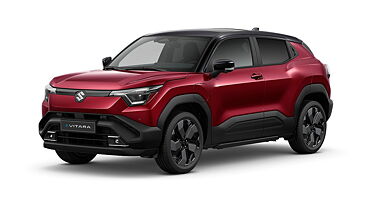


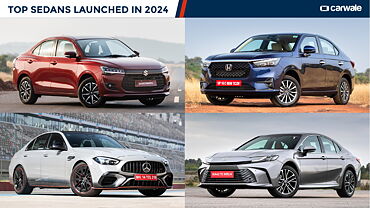
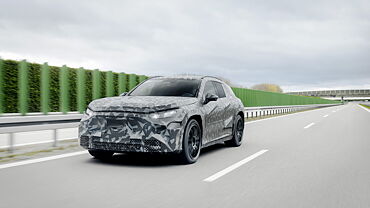

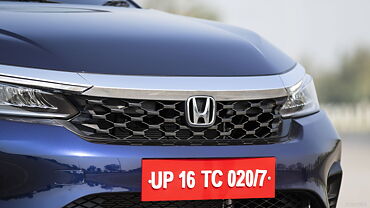

![Tata Nexon EV [2020-2022] Right Front Three Quarter Tata Nexon EV [2020-2022] Right Front Three Quarter](https://imgd.aeplcdn.com/199x112/n/cw/ec/42611/tata-nexon-ev-right-front-three-quarter6.jpeg?q=80)
![Tata Nexon EV [2020-2022] Right Front Three Quarter Tata Nexon EV [2020-2022] Right Front Three Quarter](https://imgd.aeplcdn.com/199x112/n/cw/ec/42611/nexon-ev-exterior-right-front-three-quarter-2.jpeg?q=80)
![Tata Nexon EV [2020-2022] Left Rear Three Quarter Tata Nexon EV [2020-2022] Left Rear Three Quarter](https://imgd.aeplcdn.com/199x112/n/cw/ec/42611/nexon-ev-exterior-left-rear-three-quarter.jpeg?q=80)
![Tata Nexon EV [2020-2022] Dashboard Tata Nexon EV [2020-2022] Dashboard](https://imgd.aeplcdn.com/199x112/n/cw/ec/42611/nexon-ev-interior-dashboard.jpeg?q=80)
![Tata Nexon EV [2020-2022] Steering Wheel Tata Nexon EV [2020-2022] Steering Wheel](https://imgd.aeplcdn.com/468x263/n/cw/ec/42611/nexon-ev-interior-steering-wheel.jpeg?q=80)







